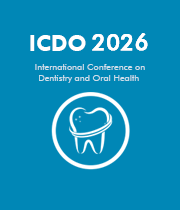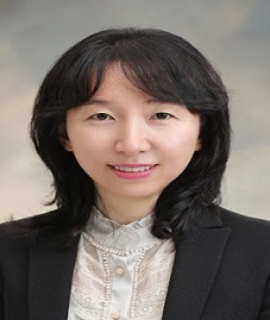Title: Polymerization shrinkage, hygroscopic expansion and microleakage of resin-based temporary filling materials
Abstract:
The purpose of this study was to measure the polymerization shrinkage and hygroscopic expansion of resin-based temporary filling materials and to evaluate microleakage at the interface between the materials and cavity wall.
Five resin-based temporary filing materials were investigated: Fermit (Vivadent), Quicks (Dentkist), Provifil (Promedica), Spacer (Vericom), Clip (Voco). Caviton (GC) was also included for comparison. Polymerization shrinkage of five resin-based temporary filling materials was measured using the bonded disc method. For the measurement of hygroscopic expansion, the discs of six cured temporary filling materials were immersed in distilled water and a LVDT displacement sensor was used to measure the expansion for 7 days. Data were analyzed with ANOVA. For estimating of microleakage, Class I cavities were prepared on 120 extracted human molars and randomly assigned to 6 groups of 20 each. The cavities in each group were filled with six temporary filling materials. All specimens were stored in saline for 4 hours and submitted to 1000 thermocycles, with temperature varying from 5°C /55°C. They were immersed in 2 % methylene blue dye for 12 hours and then sectioned with diamond saw. After temporary filling materials were removed from the cavities, the degree of dye penetration was scored. Data were analyzed with the Kruskal-Wallis test.
Fermit had significantly less polymerization shrinkage than the other resin-based temporary filling material (Fermit<Spacer<Quicks, Provifil, Clip). The hygroscopic expansion rapidly increased within 24 hrs. The hygroscopic expansion of Caviton was the highest (11.5 %). Resin-based temporary filling materials showed 0.43-1.1 % expansion in 7 days. In the microleakage study, Fermit showed the greatest leakage, while Quicks exhibited the least leakage. The microleakage of Spacer and Clip were comparable to Caviton.
There are differences in polymerization shrinkage, hygroscopic expansion and microleakage score between materials. However, there are no correlation between polymerization shrinkage or hygroscopic expansion and microleakage of resin-based temporary filling materials.




